There is a broad consensus that the current era is the peak of technological advancement in history. Despite this, as new archaeological discoveries emerge, we are compelled to rethink our perceptions about our forebears and their remarkable additions to what we assumed were modern inventions. In fact, several scholars and historians posit that the inventions of the nineteenth and twentieth centuries were merely enhancements of original ideas formulated by our ancestors. Is their assumption valid? These 25 contemporary inventions with roots dating back to antiquity appear to affirm this hypothesis.
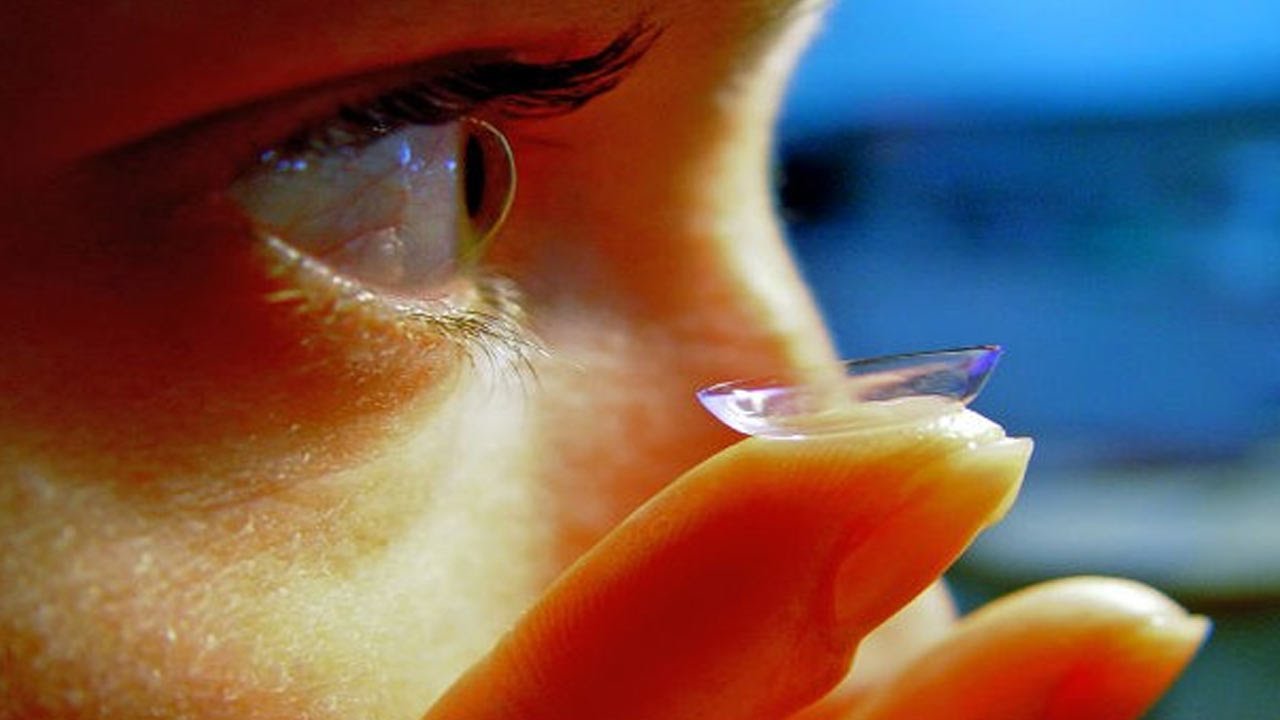
Pancakes

Don’t tell your American friends but according to various historical sources the ancient Greeks came up with the recipe for pancakes. Greeks called pancakes teganetes, which translates to “frying pan” (the vessel used to cook the pancakes). These ancient Greek pancakes were made with wheat flour, olive oil, honey, and curdled milk, and were usually served for breakfast just as they are today.
Flamethrower

When most people or even historians refer to the flamethrower they usually talk about World War I during which many falsely think it was used for the first time. The navy of the Byzantine Empire, however, had developed a destructive combustible fluid that burned even on water; they called it “Greek Fire” and its contribution to the battlefield was immense because it helped the empire survive Arab invasions during the seventh and eighth centuries.
Perfume
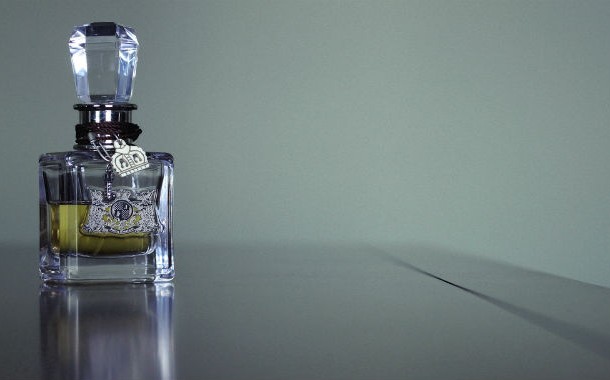
The average person thinks that perfumes are a relatively new contribution by the French but archaeologists would strongly disagree since they recently uncovered what are believed to be the world’s oldest perfumes in Pyrgos, Cyprus. The perfumes were discovered in an ancient perfumery and are believed to date back to 4,000 years ago. Maybe there was a reason after all why the ancient Greeks used to say that a sexy lady “smells like a goddess.”
Showers
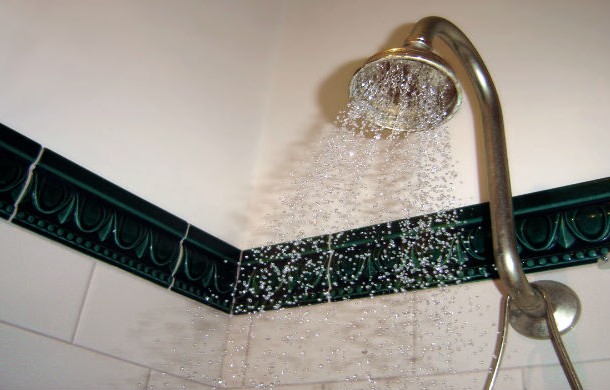
Before the Romans came up with the luxurious baths and spas, the ancient Greeks used showers similar to those we use today.
Football

Even though there are many theories about the origins of football and most of them are lost in antiquity, it is a known fact that when Roman soldiers occupied Britain they played a game in which two approximately equal teams tried to force an inflated ball over a line marked on the ground at the rear of their opponents. This game was called Harpastum and is considered the ancestor of modern football.
Vending machine
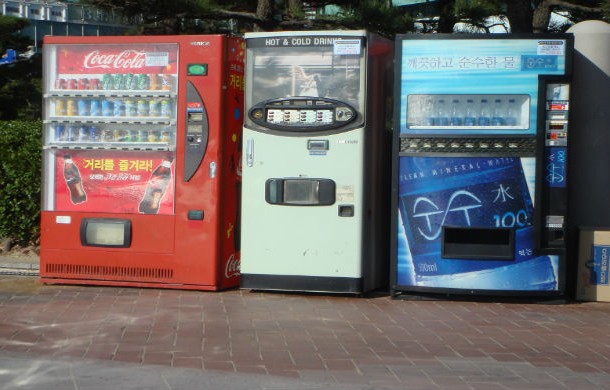
In today’s world, vending machines are mainly used to pop out junk food but back in ancient Greece their use was totally sacred. Described by Heron of Alexandria, the first vending machine used coins to dispense a fixed amount of holy water. When the coin was deposited, it fell on a pan attached to a lever. This lever opened a valve which let some water flow out. The pan continued to tilt with the weight of the coin until it fell off, at which point a counter-weight would snap the lever up and turn off the valve.
Earthquake detector
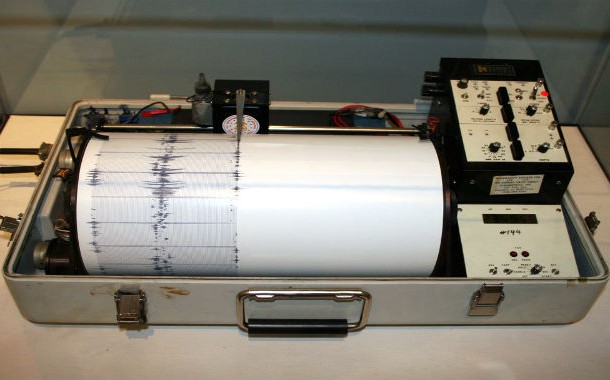
Even though we still can’t predict earthquakes with accuracy, we have come a long way in detecting, recording, and measuring seismic shocks. However, most people don’t know that this process began nearly 2,000 years ago, with the invention of the first seismoscope in 132 AD by Chinese inventor Zhang Heng. The device was amazingly precise in detecting earthquakes from afar, and did not rely on shaking or movement in the location where the device was situated.
Ice skates
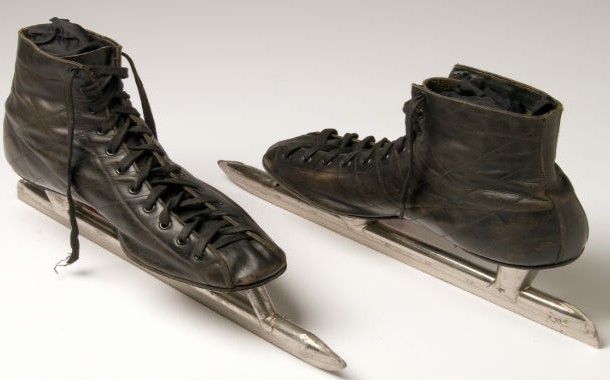
If you thought that ice-skating is just a modern sport at the Winter Olympics, think again. A study by Federico Formenti of the University of Oxford showed that the earliest ice skate was designed in southern Finland 3,000 years ago. Initially, skates were merely sharpened, flattened animal bone strapped to the bottom of the foot. Skaters did not actually skate on the ice, but rather glided on top of it to save energy during the cold, icy winters.
Toothpaste

The world’s oldest-known formula for toothpaste was created by the ancient Egyptians. They crushed rock salt, mint, dried iris flowers, and pepper and mixed them to create a cleaning powder. Although this concoction is known to cause bleeding gums, research suggests it was more effective than toothpastes used as recently as a century ago.
Hot tub

It is believed that the Egyptians were the first to use baths for therapeutic purposes as early as 2000 BC. The ancient Greeks followed shortly after but it was the Romans who perfected this practice when they came up with the famous Roman bath tub, which was basically a large tub in newer and more expensive homes that people could use not just for therapeutic or medical reasons but also to relax.
Swimming pool

Archaeologists have discovered what is known as the “Great Bath,” which is most likely the first swimming pool in recorded history. Found at the site of Mohenjo-Daro in modern-day Pakistan, it is estimated that it was constructed during the third millennium BC.
Pizza

Despite what you may think you know, the fact is the ancient Greeks were the first to develop a unique tradition in the preparation of a type of unprecedented pie, considered by most contemporary historians to be the prototype of pizza. In Athens they called this large round pie plakous. It consisted of dough made of barley flour, water, and wine. After baking this pie in a wooden oven, the Greeks seasoned it with olive oil, topped it with goat cheese, and cut it into pieces just as we do with pizza.
Concrete

It’s safe to say that Romans were the first to make concrete by mixing lime and volcanic rock. However, more impressive than its ancestry, modern scientists have recently discovered that the composition of Roman concrete was greatly superior to modern-day concrete in terms of its durability.
Toothbrushes

Most historians agree that the predecessor of the toothbrush is “the chew stick.” The earliest chew sticks were discovered in Babylonia in 3500 BC and in an Egyptian tomb dating from 3000 BC. Chew sticks were twigs with a frayed end used to brush teeth, while the other end was used as a toothpick. Kind of funky when you think about it.
Alarm clock
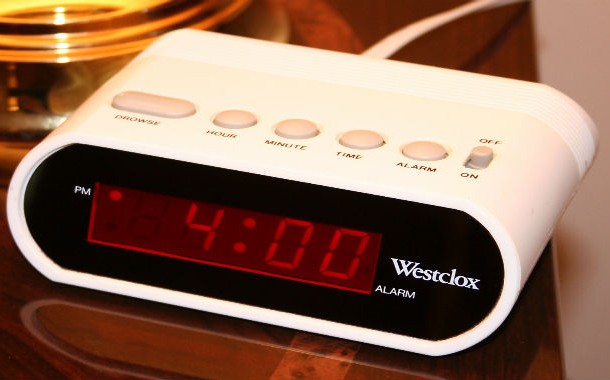
Ever hear about “the alarm clock of Plato,” which, by the way, was also the first waking device in history? It might sound crazy but the ancient Greeks had alarm clocks way before modern technology “invented” them. They were also much more complicated than today’s alarm clocks and worked with water and not with electric power or batteries.
Soap
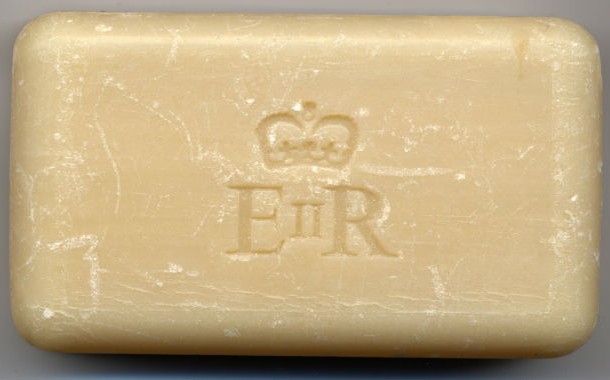
A common misconception is that “luxury” cleaning products such as soap are relatively modern inventions but that is far from the truth. The earliest evidence of the production of a soap-like material dates back to around 2800 BC in ancient Babylon, while a formula for soap consisting of water, alkali, and cassia oil was written on a Babylonian clay tablet around 2200 BC. Who said our forefathers didn’t like to smell good and be clean?
Cataract surgery
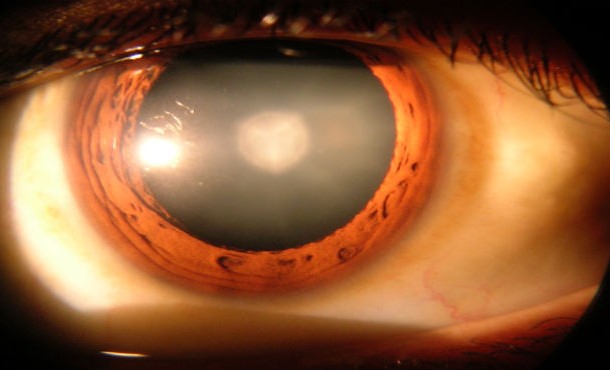
Way before modern medicine came up with “couching,” the ancient Indians had come up with an early form of cataract surgery that was later introduced to other nations by the legendary physician Sushruta, who described it in his work the Compendium of Sushruta, also known as Sushruta Samhita.
Central heating
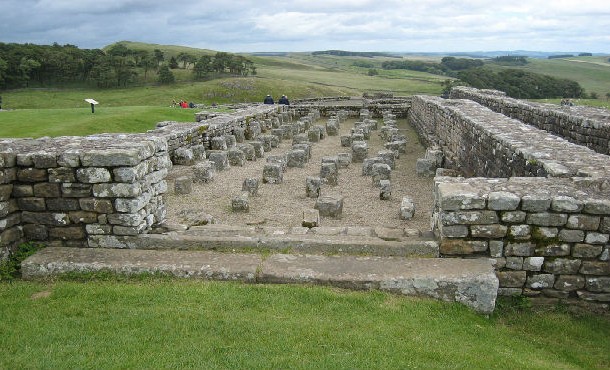
Before the Romans came up with the hypocaust system, the Greeks, specifically the Minoans, first placed pipes under floors in their homes through which they passed warm water to keep the rooms and floors warm in the winter. For this reason they usually built their homes so that tile floors were supported by cylindrical pillars, creating a space beneath the floor where hot vapors from a central fire could circulate and spread through flues in the walls.
Battery
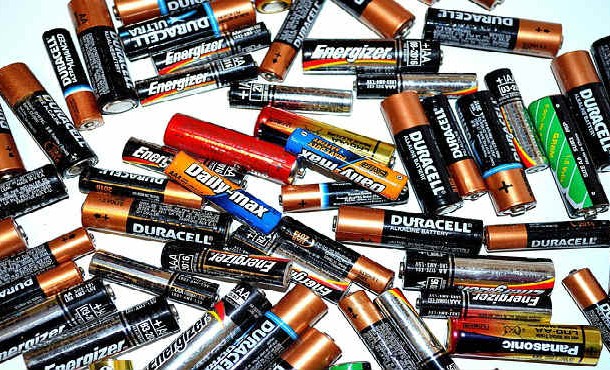
The so-called Baghdad Battery, also known as the Parthian Battery, is a clay pot with a copper cylinder inside and is considered one of the most important archeological discoveries in history when it comes to ancient technology. Despite its complicated design (according to modern standards that is) the Baghdad Battery is the oldest battery ever and various experiments have shown that it can produce two volts of electricity. The question that remains is “what did it power”? This question makes scientists believe that the Baghdad Battery could lead to an even bigger and more significant discovery.
Robots

When most people think of robots, they normally think of electronic devices and machines in the shape of humans—just like cyborgs or androids—but in ancient Greek mathematician and inventor, Hero of Alexandria, developed the first robot, which he called “the Pigeon,” almost 2,400 years ago. This wooden device was shaped like a bird, was capable of flapping its wings and flying up to 200 meters, and was powered by some sort of compressed air or internal steam engine.
Plastic surgery

Nowadays, when people think of plastic surgery, they usually think of Hollywood. However, the ancient Egyptians had this idea first. A plastic repair of a broken nose is first mentioned in the Edwin Smith Papyrus, a transcription of an ancient Egyptian medical text, the oldest known surgical treatise which dated back to the Old Kingdom (3000 to 2500 BC).
Lenses
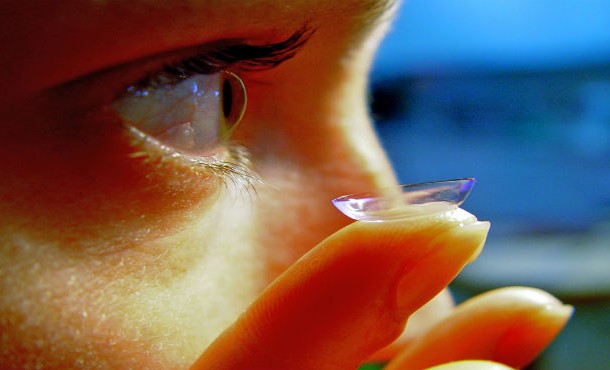
The legendary anthropologist and psychologist Sir John Layard discovered something back in 1850 at the Assyrian palace of Nimrud, in modern-day Iraq, which shocked the world. What was that? The Nimrud lens, a 3,000-year-old piece of rock crystal that people used three thousand years ago to improve their eyesight.
Automatic doors

When you see automatic doors, be sure to thank the ancient Greeks since they were the first to come up with this innovation. It’s a well-known fact that ancient Greece had more than one god and the priests had to come up with new ways to excite the masses so that they would keep coming back with offerings for each of the gods. Thus they designed automatic doors that were placed in the altar at the place of worship. When a person made an offering to one of the gods, the doors of the altar opened, thanks to a fire ignited inside the altar.
Nanotechnology
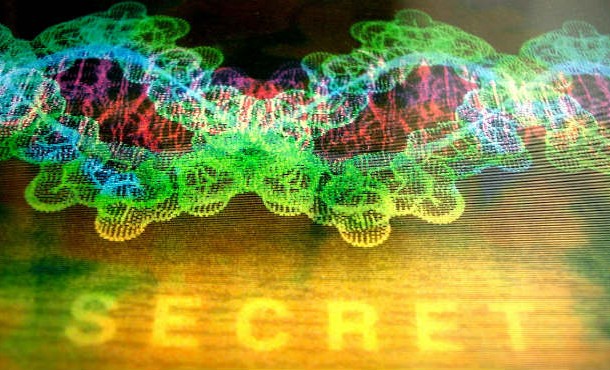
It is considered one of the most important archaeological finds of the twenty-first century and this is no exaggeration since it has changed the way many scientists think around the world. What is it? A 1,600-year-old goblet that shows the Romans were nanotechnology pioneers. When hit with light, electrons belonging to the metal flecks vibrate in ways that alter the color depending on the observer’s position and this is the main reason why the famous jade-green Lycurgus Cup appears red when lit from behind.
Analog computers

We will admit that the term “analog computer” used by some historians to describe this device might be slightly exaggerated but the undeniable fact is that “the Antikythera mechanism,” which was recovered in 1900–1901 from the Antikythera wreck (a shipwreck off the Greek island of Antikythera), is the earliest preserved portable astronomical calculator in history from what we know at this time. It displayed the positions of the sun, the moon, and most probably the four planets other than our own that were known in antiquity: Mercury, Venus, Mars, and Jupiter. It was used to predict solar and lunar eclipses and kept an accurate calendar of many years



























